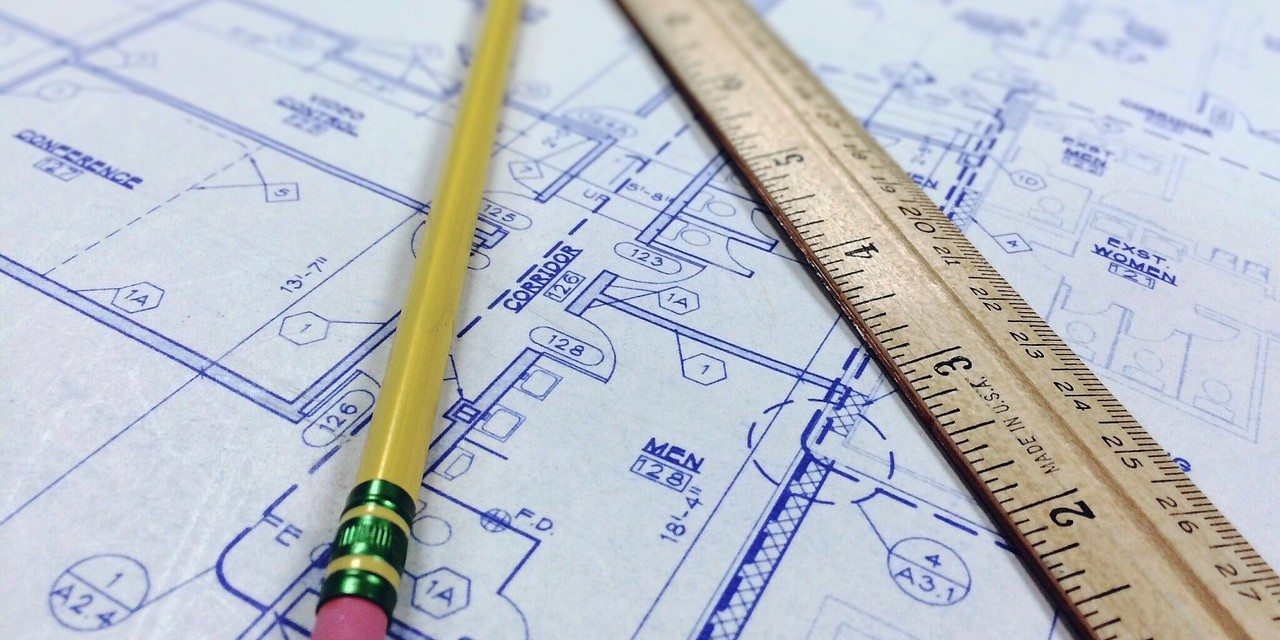Women might be justified in saying they’ve come a long way in the architectural profession.
But there’s still a ways to go, according to the results of the AIA’s newly released survey, “Diversity in the Profession of Architecture.”
Women and people of color perceive greater obstacles to career advancement in architecture, with 69 percent of women survey respondents saying they believe gender inequality persists in the profession, compared to 48 percent of men who come to the same conclusion.

Concerns about work-life balance, long work hours and lack of job flexibility are cited as issues facing women in the architecture profession.
The opinions are more universal on the question of race, with survey respondents of all types agreeing that people of color are underrepresented in architecture. Key factors cited for this situation include the high cost of education architecture and a shortage of role models working in the profession.
The survey, conducted in 2015 by email, was completed by 7,522 respondents.
The takeaway: In “key insights” on the survey results, AIA made several primary observations:
- On the issue of underrepresentation of women and people of color in the profession, “architects, industry leaders, and members associations could support a strategy for attracting people of color the profession.” Regarding women, “a strong commitment and strategy will be required to overcome possible resistance from those that don’t believe it to be an issue.”
- Reasons for the underrepresentation of women in architecture include concerns about work-life balance, long work hours and lack of job flexibility that makes starting a family difficult and thereby encourage some women to leave the field.”
Industry leaders, member firms and collateral organizations “should support” strategies to change the workplace culture, including the option to work remotely, job share, or work flexible hours.
- Attitudinal differences: Women and people of color say (more often than men and whites) that they are less likely to be promoted to more senior positions. Women, more than men, say they are often encouraged to pursue interior design and other design fields other than architecture.
- Also mentioned as factors in underrepresentation of women in architecture are lack of significant opportunities upon returning to the industry after leaving to start a family; lack of women role models; lower pay and less chance of promotion than men; difficulty of catching up with technology upon returning to the industry after having left to start a family.
A number of strategies are “endorsed” by architects to address the underrepresentation of people of color in the profession, including industry-funded scholarship programs; greater outreach to middle or high schools by university architecture programs; seeking more professors of color to teach university architecture programs; and several other intiatives.
The survey: Diversity in the Profession of Architecture.




